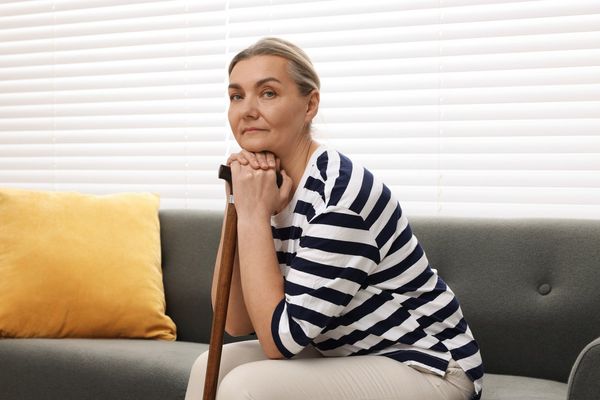Q:
I'm an African-American woman, and I've heard that we're much less likely to get osteoporosis than Caucasian or Asian women. Is this true even if I'm tall and thin?
A:
Generally speaking, African-American (and Hispanic) women are less likely than Caucasians to get osteoporosis. Among women 50 and older, about 20 percent of non-Hispanic Caucasian and Asian women develop osteoporosis, and 52 percent have low bone mass. About 10 percent of Hispanic women have osteoporosis and 49 percent have low bone mass, whereas only 5 percent of African-American women have osteoporosis and 35 percent have low bone mass. Overall, African-American women experience only a third as many fractures as white women do.
But you're smart to zero in on your body type. The main reason that fewer African-American women are diagnosed with osteoporosis is that they tend to have higher bone mass. But this isn't true of all African-American women. Because of the stereotype that osteoporosis is a Caucasian woman's disease, health-care providers are less likely to focus on detection and prevention of bone mineral density problems in minority women. Even after sustaining a fracture, African-American and Hispanic women are less likely than Caucasians and Asians to get referrals for treatment of osteoporosis. So be proactive and bring up the subject with your doctor.






